#the finale was underwhelming? there was no Real hidden agenda?
Text
it's really funny seeing everyone salty posts about the hidden agenda finale and i actually agree with everyone but the thing is!!!! i'm just vibing!!!!
i went into this show with absolutely ZERO expectations (and in fact, i would have been extremely surprised if this show ended up being actually good dkfjkfddf), i've never given a single shit about the plot and/or the writing bc i came here for the joongdunk vibes and the joongdunk vibes alone and i had a blast watching this series
like, i'm not even gonna bother criticising this drama bc from the beginning i didn't expect it to be very impressive anyway and so i'll just keep sitting here in my pile of garbage and vibing with it <3333
#watching joongdunk flirt on camera and be cute makes me feel good and that's exactly what i came here for#i got what i wanted and i don't care about the rest#as i said i'm just vibing!!!!!#the finale was underwhelming? there was no Real hidden agenda?#so what!! at least i got the funniest kiss scene ever with zo yoinking joke inside and kissing him stupid and yeeting him back out again!!!#that's all i need thanks dfkdfkkdfgdfkg#hidden agenda#ha ep12#airenyah plappert#adrm#sometimes thing's just ain't that deep and that's ok#(though i get everyone's frustrations very well and i would have been just as annoyed if i'd expected anything from the show at all)#(apart from mindless fluff that i need zero braincells for)#(for me personally this show is perfect kjdfjkdfkjd)#also congrats for joongdunk on getting to do a sex scene i guess lol#(well. heavy make-out scene more like it)#anyway seeing how excited they were for that scene to drop and considering their lolfanfest performance of dum dum#also with them coming up themselves with the idea of switching positions for the bite#i can see them do a show like only friends lmaooo#i'm generally against set actor pairs but i do hope joongdunk will do more series together jkkjkdf
44 notes
·
View notes
Text
Post-petroleum futures
Several months ago Crap Futures gave a talk at the Center for Contemporary Theory (3CT) at the University of Chicago. The theme provided some good inspiration for new thinking on the state of design. Now, at the dawn of the new decade, we’ve finally got around to sharing some of these thoughts in blog form, many cups of coffee and plates of toast later.
For obvious reasons, there are many discussions at the moment asking: ‘What comes after petroleum?’ Before getting into this, it might be helpful to better understand the promise of petrol – what were the origins of petroleum utopias? Who was responsible for them? And what agendas were hidden behind the progressivist imaginaries?
So, starting with petroleum (and related materials): this naturally occurring liquid is essentially a battery, which stores a fragment of the solar energy that reached the earth during the Jurassic and Cretaceous periods (typically via algae and woody plants). While the first recorded use of petroleum can be found 4,000 years ago when natural asphalt was used in the walls and towers of Babylon, it wasn’t until the early 20th Century that its potential, as a useful form of energy, began to exert its influence on so many and diverse aspects of human life.

This diagram (which appeared in a previous post) describes the fairly typical journey a technology makes, starting from its genesis as an emerging technology in the laboratory. Next is the technological dream phase in which the potential of the emerging technology is translated into techno-utopian imaginaries – intended by both corporations and politicians to sell particular agendas to the public audience. Designers love this phase, as the constraints that apply to the design of normal products do not yet exist. The last phase is the transition of aspects of the dream into real products in everyday life – and this of course means the implementation of all the infrastructure necessary to allow them to function. Finally the product descends into obsolescence, as it is replaced by more advanced iterations. Or else the dream gets recycled or regurgitated; updated with the latest technology.
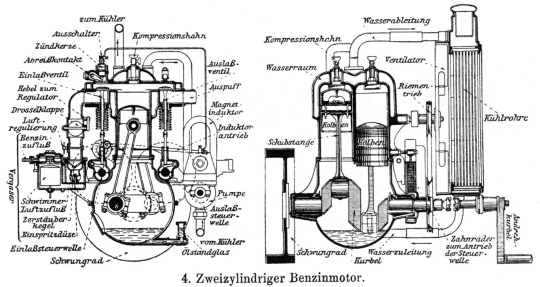
Applying this journey to petroleum – the new machines of the late 19th and early 20th Century, such as the internal combustion engine or the coal-powered steam generator – revealed for the first time the true potential of petroleum. In a split-second its energy, captured during the time when dinosaurs roamed the Earth, could be magically transformed into heat, noise and more importantly movement! Lots and lots of movement – think of the Italian Futurists in 1909, championing ‘a new beauty: the beauty of speed’ – ‘a roaring car … more beautiful than the Victory of Samothrace’ – a new perspective on time and space that comes to symbolise modernity in all its thrilling, dynamic and destructive power.

The aeroplanes, automobiles and ships that were built around these engines also became the symbols of the new machine age, as extrapolations of the potential of the internal combustion engine fed the utopian imaginaries of the near future.
For a country emerging out of the despair of the Great Depression, Streamline Moderne (as it became known) represented the American dream of freedom and escape – both in the physical sense, through the action of the engine, and in the metaphorical sense, through the sleek teardrop styling that gave the impression that the object was moving – even when standing still. Designers, meanwhile, were for the first time beginning to play an instrumental role in linking technological progress to the notion of a better future – all in the service of American corporate capitalism …
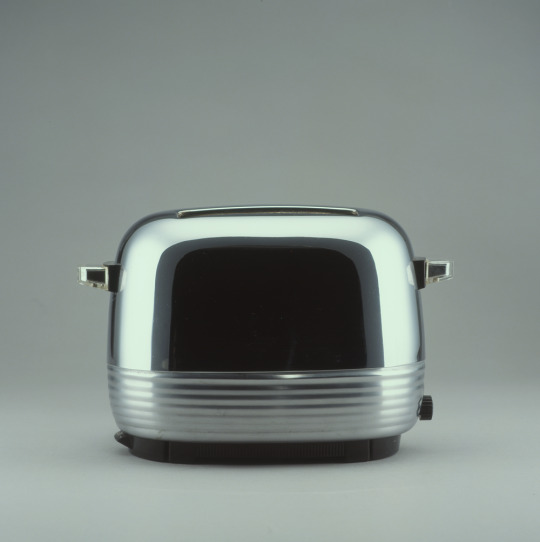
… and in turn inspiring the design of the new wave of domestic products – toasters! radios! televisions! washing machines! – that would give consumers a sense of buying into, and thus belonging in, that utopian American dream.

Nothing exemplifies this period of techno-optimism better than Futurama, General Motors’ exhibit at the 1939 New York World Fair. This described a further extrapolation of the potential of petroleum - outwards across time and space. Designed by Norman Bel Geddes, the 35,000-square foot interactive exhibition presented a version of the United States set 20 years in the future, with sprawling superhighways connecting the major cities and facilitating the growth of suburbia as commuters escaped from the claustrophobia of urban life.
E. L. Doctorow’s 1985 novel World’s Fair is revealing in its dramatisation of events, as it connects the key players who, behind the scenes, write the scripts for such techno-utopian futures. In this excerpt a family are leaving Futurama when the child asks his father for his opinion. The father replies:

Of course the roads were built and many cars were sold, but with the benefit of hindsight it is obvious that the Futurama was no utopia. For consumers, however, the dream kept evolving.

In the 1950s the jet engine allowed for super-sonic flight, expanding the horizons and moving the utopian visions upwards and into the ‘final frontier’ (note the colonising terminology) of space.
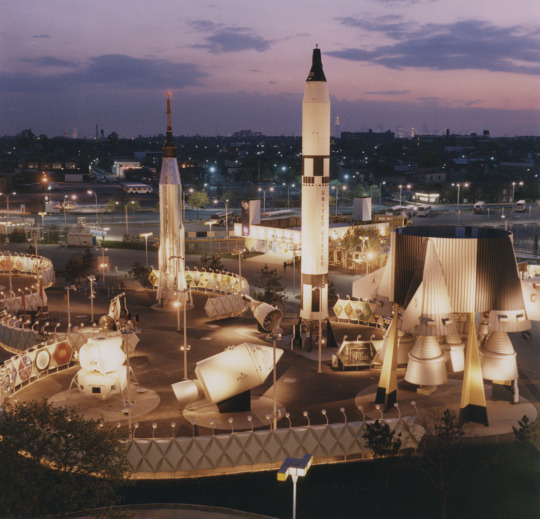
Another famous world’s fair took place 25 years later using the very same venue – Flushing Meadows in Queens, in 1964. It represents the final extrapolation of petroleum utopias – within a few years they were exhausted. As the novelist J. G. Ballard observed in a 1979 interview with Penthouse magazine:
‘The world of "Outer Space", which had hitherto been assumed to be limitless, was being revealed as essentially limited, a vast concourse of essentially similar stars and planets whose exploration was likely to be not only extremely difficult, but also perhaps intrinsically disappointing. … The number of astronauts who have gone into orbit after the expenditure of this great ocean of rocket fuel is small to the point of being ludicrous. And that sums it all up. You can't have a real space age from which 99.999 per cent of the human race is excluded.’
Elsewhere at the same expo, however, a new genesis was being revealed - introducing a refreshingly new direction for technological futures.

The IBM Pavilion, with exhibition design and a film presentation by Charles and Ray Eames and architecture by Eero Saarinen, introduced visitors to the computer and its place in mainstream contemporary life. Again quoting Ballard:
‘The ability to pass information around from one point in the globe to another in vast quantities and at stupendous speeds, the ability to process information by fantastically powerful computers, the intrusion of electronic data processing in whatever form into all our lives is far, far more significant than all the rocket launches, all the planetary probes, every footprint or tyre mark on the lunar surface.’

Jumping forward to the present and the corporate dreams of today – very well encapsulated by Google’s self-driving car – it becomes apparent that little has changed in terms of strategy: government and corporations in collusion, shaping the technological future on our behalf, with largely the same agendas. At the forefront are a few leading designers whose role hasn’t for the most part evolved much since the days of Norman Bel Geddes.
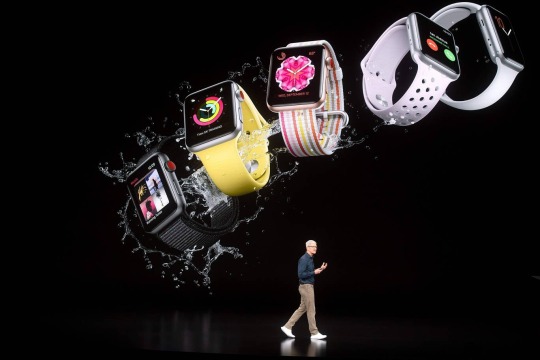
Here are a few key observations on why visions of the future have stagnated or are simply not appropriate for the world of the 21st Century:
1. Those responsible for the creation of future visions are guilty of being overly optimistic – never acknowledging the possible negative implications.
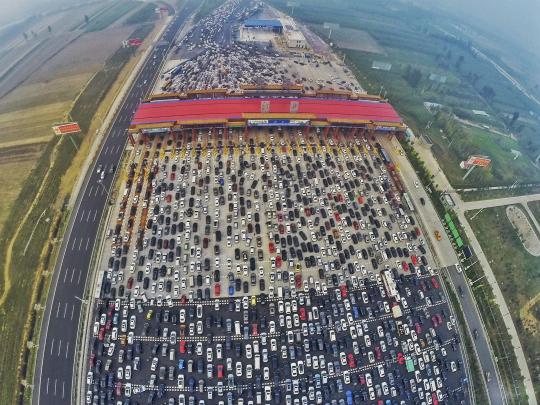
2. Those responsible for the creation of these visions are guilty of being overly simplistic – perfect worlds, perfect people, interacting perfectly, thus negating the complex and messy reality of human lives.

3. The reduction of future visions into objects of desire has resulted in the dislocation of means and ends – the systems that facilitate the function of products have become largely invisible and intangible.

4. The reduction of visions into objects of desire leads to an increased instrumentalisation of operation and banal iterative development.

5. The emergent technologies that are extrapolated into today’s utopian visions (IoT, AI, nanotech, etc.) tend to act in the background, at intangible scales, or in complex languages – meaning that the resultant futures are difficult to convey (and sell).

6. Corporate imagination that informs future visions is frequently underwhelming – merely updating, through the application of emergent technologies, the pursuit of ancient human obsessions (artificial life, immortality, flight, automation).
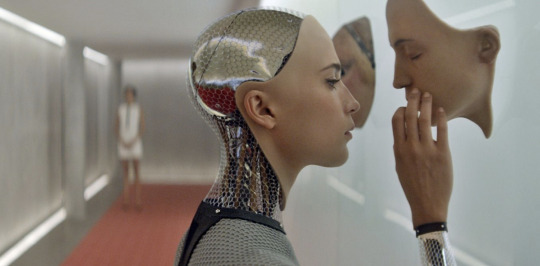
7. Finally, many of the metrics through which we evaluate future imaginaries remain the same as those from the machine age – faster, more efficient, more automated – and as such are wholly inadequate for addressing the complex problems we face today.

7 notes
·
View notes
Text
A Look At Star Ocean First Departure (PS4)
As a fan of the Star Ocean franchise, I was happy to have another opportunity to play an earlier entry in the franchise since I’ve played Star Ocean 3, 4 and 5. Alongside my purchase, I also had a Final Fantasy 9 waiting in the wings, and I’m thankful that I did. As much as Star Ocean 1 can provide on a simple and sweet experience with sprinkles of the Star Ocean flavor, truthfully it lacks the substance necessary to be a filling meal.
A problem that sticks out on this game all in all is the story, it is a textbook case of being cobbled together. You start off on planet Roak where you meet the main character Roddick and his friends. Suddenly there’s a petrifying plague, suddenly you meet Space Captain Ronyx J. Kenny to do a diagnosis, suddenly you learn of the big bad that’s the root of the problem but he died 500 years ago, suddenly the party is whisked off to a sandy planet that conveniently has a time portal on it, after 18 hours you find and kill the big bad, suddenly it’s revealed that he’s actually a failed superhuman experiment from the future, and then after all that your party meets up again in the future to fight one last big bad who had no stage presence throughout the entire game, stopping his generic RPG political agenda.
Thank goodness that’s over.
Gameplay wise, it’s a standard affair. It’s a real time battle system, making a command will send the selected character in to attack. Sadly, there’s no convenient dodge or blocking mechanic, you can boost your chances to automatically dodge or block by increasing the dodge or block stat in your skill menu. Of course this becomes far less of an issue once you equip your characters with long range attacks so your inability to avoid damage manually doesn’t become a liability. Party members can have somewhat customizable commands and remain competent during battle, though I would prefer tactics like “Attack the same enemy as player 1” so that I’m not at times chasing my party members down when I want to effectively tag team an enemy.
As for the mentioned skill menu, there’s a certain level of excitement to be had. Especially when you read that there are abilities that bring down the costs of all abilities so you get more bang for your buck. However, there’s some fluff abilities too, aside from cooking and crafting abilities there’s…….musical talent. I don’t really use guides unless I’m stuck on moving the story forward, so I can’t for the life of me think of a practically reason why I have the option to turn my party into a marching band. If there was a point of criticism on the useful abilities though such as customizing, it’s that the game under cuts this ability near the end. I got the hang of it and was able to give Roddick and the party some good equipment, but as I neared the final encounter….the game just hands me a lightsaber which turns out to be the most powerful weapon in the game.
As for minor nitpicks, the programming gets a bit wonky when you win a battle and the party says each of their victory lines over each other. Then issues arise with the world map when it’s revealed there are hidden dungeons and areas, but there’s no communication visually. No gates, holes in the walls or indications, you just have to hug the sides of mountains and hope that you enter one of these areas.
I call these minor nitpicks due to the fact that Star Ocean First Departure is a remaster of a remake for the PSP, so it was a less versatile system the game was made on. Though all of these faults would be FAR more forgivable if the release of this game for the PS4 was followed up by the release of a remaster of the PSP port of Star Ocean 2. Give people an appetizer before giving them a main course. This was not the case so I’m left with an underwhelming experience.
The story lacks focus, the main villains have no presence, making the story progression feel like a monster of the week marathon. The characters you fight alongside are average for an RPG and don’t really have any stand out moments. It’s not a bad game, but it’s a boring game, a game that should be thankful that it has “Star Ocean” in it’s title or it would be less likely to be looked at by the average RPG player.
2 notes
·
View notes